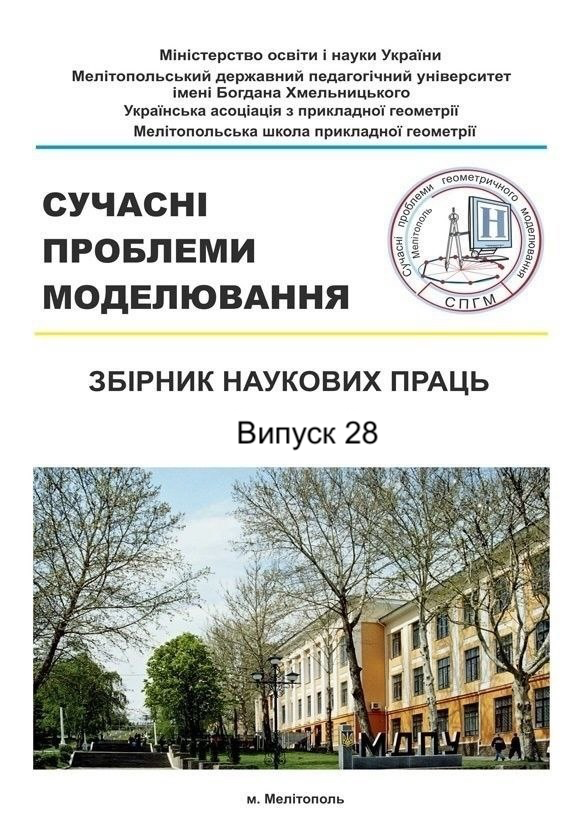EVALUATION OF THE ADEQUACY OF A MATHEMATICAL MODEL OF AN ASYNCHRONOUS MOTOR UNDER POOR POWER SUPPLY CONDITIONS
Abstract
The article presents a comprehensive approach to the mathematical modeling of an asynchronous electric motor operating under low-quality or unstable power supply conditions. The proposed model is based on analyzing the instantaneous values of voltage and current using space-time vector complexes (STVC), eliminating the need for signal transformation into harmonics or symmetrical components. This approach allows for more accurate and flexible simulation of electromagnetic and energy processes in the motor under real-world industrial conditions.
The study’s objective is to verify the adequacy of the developed model by comparing the calculated and experimental values of key performance parameters such as efficiency (η), power factor (cos φ), and total power losses. Field experiments were conducted in an industrial workshop where the power supply was distorted, with phase asymmetry and load fluctuations.
An asynchronous motor with a squirrel-cage rotor rated at 11 kW was used for testing, with mechanical loading ranging from 2.3 kW to 12.8 kW. Data collection was performed using a precision measurement system including Hall-effect sensors and a tachogenerator. Verification of the model was carried out through regression analysis and evaluation of root mean square error metrics.
The results confirm high predictive accuracy of the model: relative root mean square error was 2.72% for efficiency, 3.0% for power factor, and 3.99% for total losses. The correlation coefficient between simulated and measured values reached 0.99, affirming the validity of the modeling approach.
This model is both scientifically sound and practically applicable, offering opportunities for implementation in intelligent monitoring and control systems for electric drives. It supports the detection of operational anomalies, enhances energy efficiency, and is particularly valuable in settings with distorted or unbalanced power supply.
Keywords : asynchronous motor, mathematical model, poor power quality, space-time vectors, energy indicators, efficiency, power factor, total losses, experimental verification, digital diagnostics




